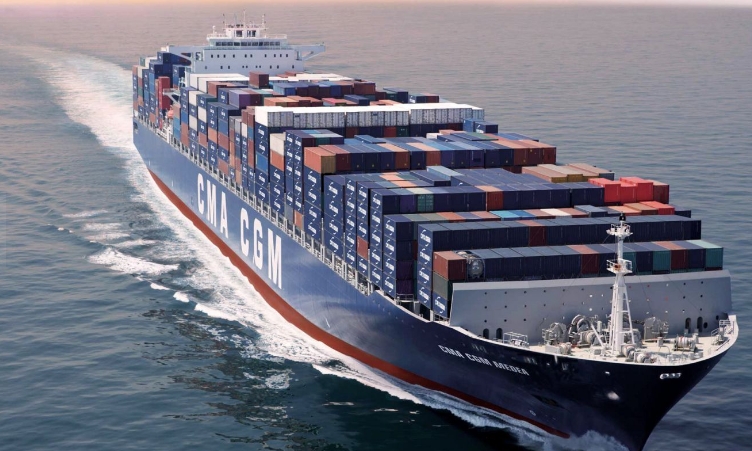The Suez and Panama Canals, two of the world’s most important shipping arteries, have issued new rules. How will the new rules affect shipping?
Panama Canal to increase daily traffic
On the 11th local time, the Panama Canal Authority announced that it will adjust the daily number of vessels from the current 24 to 27, the 18th of this month, the first increase in the number of vessels to 26, 25 from the beginning of the increase to 27. It is reported that the Panama Canal Authority made the adjustment after analyzing the current and projected levels of Gatun Lake.
Due to a prolonged drought caused by the El Nino phenomenon, the Panama Canal, as a trans-oceanic waterway, began to implement water conservation measures in July last year, reducing ship traffic and reducing the depth of the waterway. The canal has been gradually reducing ship traffic for several months, at one point dropping to 18 a day.
The Panama Canal Authority (ACP) said two additional places will be available through an auction for transit dates beginning March 18, and one additional place will be available for transit dates beginning March 25.
At full capacity, the Panama Canal can pass up to 40 ships per day. Previously, the Panama Canal Authority cut the maximum draft depth at its larger locks while cutting daily crossings.
As of March 12, there were 47 ships waiting to pass through the canal, down from a peak of more than 160 in August last year.
At present, the waiting time for unscheduled northbound passage through the canal is 0.4 days, and the waiting time for southbound passage through the canal is 5 days.
The Suez Canal imposes a surcharge on some ships
The Suez Canal Authority announced Wednesday that it has decided to impose an additional $5,000 fee on vessels that refuse or are unable to accept mooring services from May 1. The authority also announced new mooring and lighting service rates, which will charge a total of $3,500 per vessel for fixed mooring and lighting services. If the passing vessel requires lighting service or the lighting does not comply with navigation regulations, the lighting service fee in the preceding paragraph will be increased by $1,000, for a total of $4,500.
The Suez Canal Authority announced on March 12 that it decided to impose an additional fee of $5,000 on vessels that refuse or are unable to accept mooring services from May 1.
In a recent interview with local television, the chairman of the Suez Canal Authority, Rabieh, revealed that revenues at the Suez Canal between January and early March this year were down 50 percent compared with the same period last year.
Ship traffic through the Suez Canal is currently down 40% due to tensions in the Red Sea and a large number of ships being diverted.
Freight rates to Europe have skyrocketed
According to the latest data released by the Korea Customs Service, in January this year, the sea freight of sea export containers from South Korea to Europe jumped 72% from the previous month, hitting the highest increase since the statistics began in 2019.
The main reason is that the Red Sea crisis affected shipping companies to detour to the Cape of Good Hope in South Africa, and the longer voyage led to higher freight rates. The extension of shipping schedules and the decline in container turnover have had a negative impact on South Korea’s exports. According to the latest data from Busan Customs, the city’s exports fell nearly 10 percent last month compared with the same period last year, with exports to Europe plunging 49 percent. The main reason is that due to the Red Sea crisis, it is difficult to find a car carrier from Busan to Europe, and local car exports have been blocked.
Post time: Mar-21-2024


